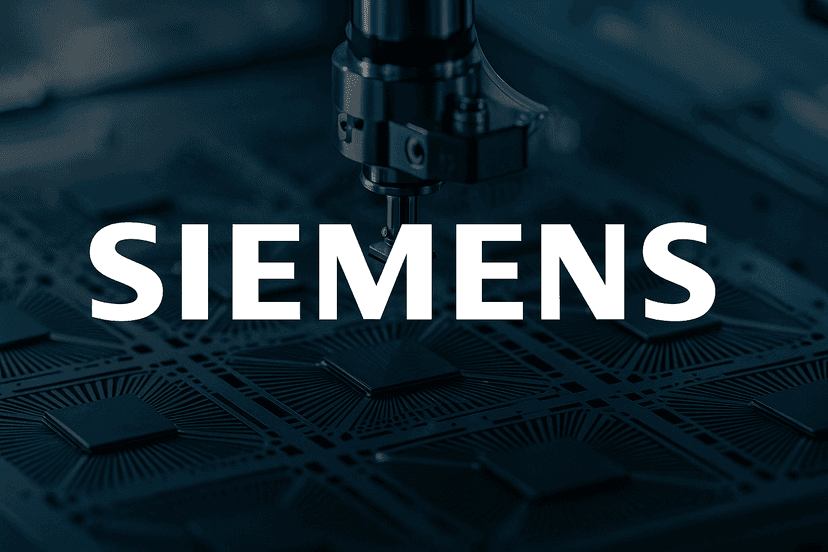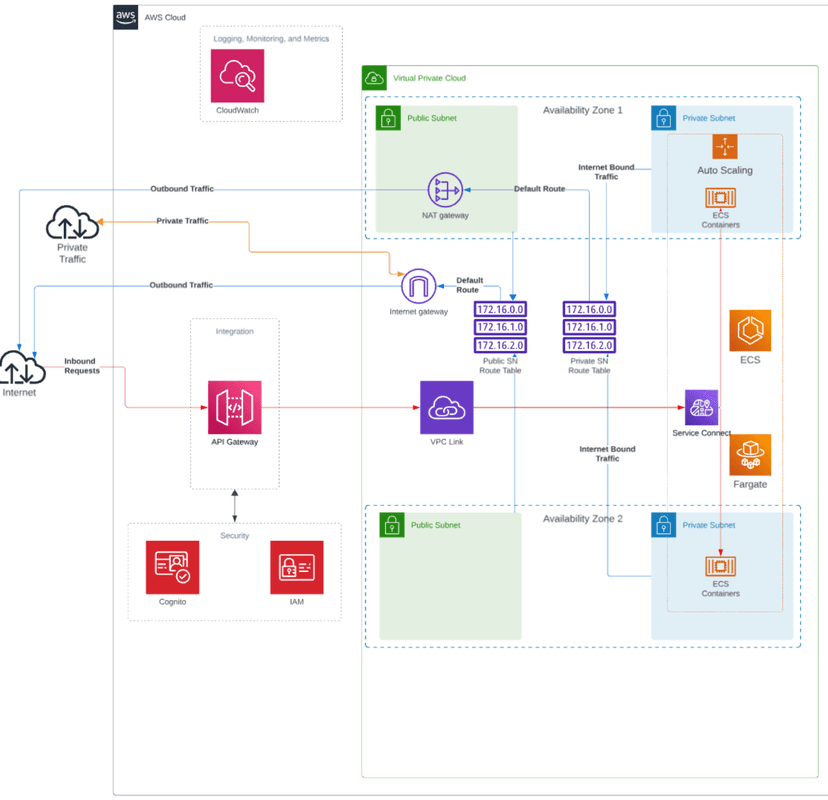Case Study: Building the Foundation for Siemens' Next-Generation Customer Experience
How I designed and built a secure, high-availability AWS infrastructure and a complete DevSecOps pipeline to accelerate the launch of a mission-critical customer portal.

Client
Siemens
Industry
Global Industrial & Technology
My Services Provided
- •Cloud Architecture & Infrastructure as Code (IaC)
- •DevOps & DevSecOps Pipeline Automation
- •Containerization & Microservices Strategy
- •Enterprise Cloud Security & Observability
Technologies Used

Accelerating a Mission-Critical Launch Without Compromising Enterprise Standards
Siemens, a global enterprise leader, needed to launch a state-of-the-art Customer Experience Portal on AWS. The challenge was twofold: not only did the platform require a completely new cloud infrastructure, but it also had to meet Siemens' stringent enterprise standards for security, 99.99% uptime, and operational excellence from day one. They needed a lead architect who could design this complex environment and a hands-on engineer who could build the foundational automation to ensure their development teams could innovate and deploy with speed and confidence.
An Architecture-Led, Hands-On Approach to Infrastructure & Automation
I was brought in to serve as both the lead architect and the foundational hands-on engineer, blending high-level strategy with deep, in-the-trenches execution. My approach was built on four key pillars:
1. Resilient Cloud Architecture & IaC
I designed the multi-region, high-availability AWS infrastructure from the ground up. To ensure consistency and eliminate manual configuration errors, I established a robust Infrastructure as Code (IaC) framework, creating a library of reusable Terraform modules that allowed for the fully automated provisioning of all environments, from sandbox to production.
2. Containerized Microservices on ECS/Fargate
I established the containerization strategy for the backend Java and Spring Boot microservices. By leveraging Docker and orchestrating the containers with AWS ECS on Fargate, we created a highly scalable and operationally efficient architecture. This approach decoupled services, allowing for independent deployments and improved system resilience.
3. End-to-End DevSecOps Automation
I architected and implemented a comprehensive DevSecOps pipeline using AWS CodePipeline and Jenkins. To "shift security left," I integrated a full suite of automated tools directly into the pipeline, including SonarQube for code quality, Tenable and Aqua for vulnerability management, and Cypress for end-to-end testing. This significantly streamlined the QA process and ensured that all code was secure and high-quality before reaching production.
4. Full-Stack Acceleration
To de-risk the project and accelerate initial development, I personally built the foundational Next.js frontend application in TypeScript and engineered the entire API layer in Amazon API Gateway. This provided a ready-to-use, secure, and scalable platform for the development teams, enabling them to begin building features on day one.
Click to Enlarge

Measurable Business Impact
Reduced Deployment Time
Reduced application deployment time by 75% through the new, fully automated CI/CD pipeline.
Uptime Achievement
Achieved 99.99% uptime for all services with a resilient, multi-region AWS architecture.
Cost Reduction
Implemented cost optimization measures that resulted in a 30% reduction in cloud infrastructure expenses.
Streamlined QA Processes
Significantly streamlined QA processes and improved code security by embedding automated testing and vulnerability scanning directly into the development workflow.
Advanced Observability Platform
Established a sophisticated observability platform with Fluent-Bit and OpenSearch, providing real-time operational intelligence and accelerating root cause analysis for production issues.
